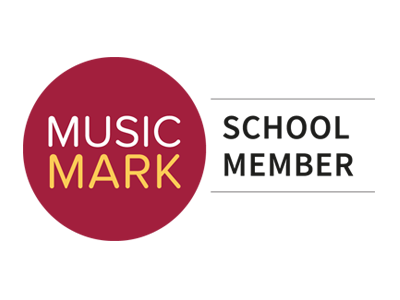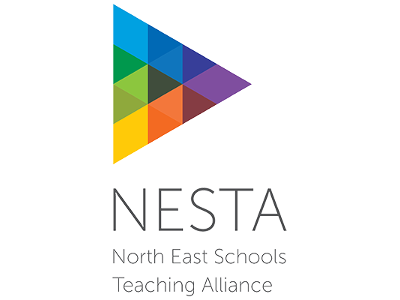Music – Year 2
Download
Download our Year 2 Music curriculum here.
Listening and understanding
|
Elements of music
|
Textiles
|
| Pitch: recognise higher and lower sounds; respond to the overall shape of melodies.
Duration: distinguish between rhythm and beat; understand how rhythmic patterns fit to the beat Dynamics: begin to understand getting louder and quieter.
Tempo: begin to understand getting faster and slower.
Texture: recognise how different pieces use different layers of sound.
Timbre: identify the way sounds are made: blown, plucked, shaken, struck, vocalised, strummed, electronically produced.
Structure: understand and identify repetition and contrast including question and answer, A•B•A, and verse and chorus.
Applying understanding
- Identify how combined musical elements can be used expressively within simple structures
- Identify how the choice of sound source can contribute towards the mood or effect in the music heard or performed
- Use and explore a variety of signs or symbols linked to understanding of elements to communicate own musical ideas
|
Purposes
- Lullabies
- Signals
- Game songs
- Greetings
- Farewells
- Topic based songs
- Seaside
- Transport
- Bob Marley- Reggae
Non-musical stimuli
- Stories
- Pictures
- Poems
- Rhymes
- Chants
- Patterns
- Number sequencing
- Movement
- Dance
- Environment
|
Controlling
|
- Extend accuracy of vocal range (use C-C’ as a guide)
- Develop expressive effect and quality of sound when speaking, singing songs and chanting through increased control of diction, dynamics and tempo
- Sing songs with simple patterns as accompaniments
- Demonstrate accuracy and control of technique on an appropriate range of tuned and unturned percussion
- Perform simple patterns and accompaniments keeping to a steady pulse, including ostinato
- Follow hand and eye signals to direct and lead
- Improve their own work
- Rehearse and perform individually, in pairs, small groups and as a class
|
Creating
Use acoustic sounds and ICT to…
|
- Explore and enjoy how sounds can be made, changed, and used to create musical patterns e.g. 2Simple Music Toolkit, iPods and iPads
- Structure sounds in an order appropriate to a specific purpose in response to given starting points
- Compose accompaniments to songs using a repertoire of known rhythms
|
Responding and reviewing
|
- Respond to changes in mood and character within pieces of music through movement, dance and art work
- Build an appropriate musical vocabulary and use when talking about music and developing the ability to express an aesthetic response See vocabulary list in the appendices
- Improve their own work
|











